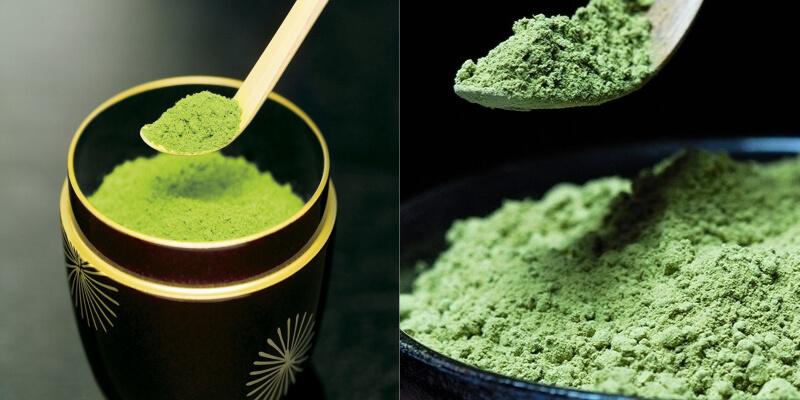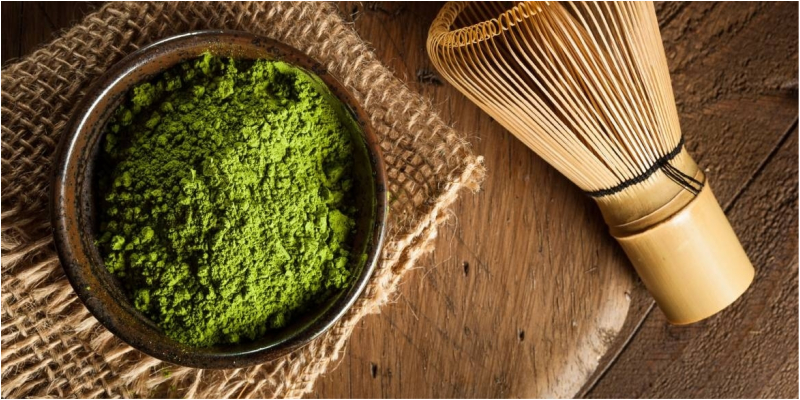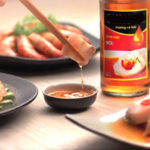Color
The color of Matcha powder is one of the first things you’ll notice. High-quality Matcha has a bright, vibrant green color.
Lower-quality Matcha, on the other hand, tends to be darker or paler in color and may even have a yellowish tint.
 Color
Color
Aroma
To test the aroma of Matcha powder, place a small amount on your hand and gently rub it. Then, take a whiff.
High-quality Matcha: Expect a pleasant, mild, and refreshing aroma that resembles young leaves.
Lower-quality Matcha: The aroma may not be as prominent and could have a stale or dusty smell, sometimes even resembling moisture.

Taste
Place a tiny amount of Matcha on your tongue to discern its quality.
High-quality Matcha: Due to its high Amino acid and Umami content, it should offer a slightly sweet taste with a refreshing bitter edge.
Lower-quality Matcha: These tend to be overwhelmingly bitter and may leave an unpleasant aftertaste.

For more information, check out: trachinhson.com
Even after consumption, high-quality Matcha leaves a lingering aroma, unlike lower-quality Matcha, which disappears quickly. When preparing Matcha with water, allow the water to cool for 5 minutes before mixing for a more flavorful drink.
Making an Impact on the Taste: Comparison of Stir-Frying Ramen Noodles with or without Seasoning Packet Added First
 Taste: Comparison of Stir-Frying Ramen Noodles with or without Seasoning Packet Added First’>
Taste: Comparison of Stir-Frying Ramen Noodles with or without Seasoning Packet Added First’>From school cafeterias to office lunchrooms, shrimp noodle dishes are a familiar sight for many of us – especially students and busy professionals.





































